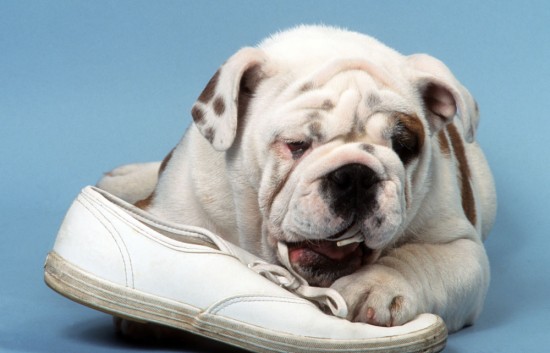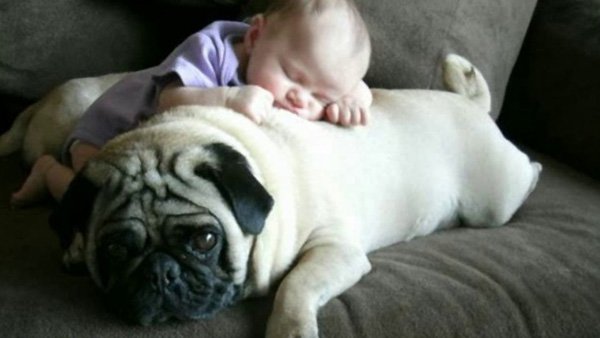Hip dislocation is common in older dogs and can affect overall dog health. Hip dislocation basically stands for the separation of femoral head from pelvic acetabulum. The medical term for hip dislocation is called hip luxation.
Hip dislocation is common in older dogs and can affect overall dog health. Hip dislocation basically stands for the separation of femoral head from pelvic acetabulum. The medical term for hip dislocation is called hip luxation.
Hip dislocation normally takes place at the hip joint. The hip joint is looks like a ball and socket joint that attaches the rear legs of the dog to their body. When hip dislocation actually happens, it can be a painful experience for the dog and the best option is to take your dog to a dog health care specialist and get him treated.
It is always advisable to ask your vet as many pet health questions as possible when you bring your pet home for the first time. The more pet health questions you ask, the better situation you will be in to handle hip dislocation. The best way to find out about hip dislocation is through dog radiography. If you find your dog limping or if he is finding it too difficult to even walk then you need to get a dog health check-up done as soon as possible to avoid any future complications.
Radiography is not required always to know if your dog has hip dislocation or not. Sometimes, you can make out by just feeling the hip joint. There are different types of medication and dog health care programs that are helpful and effective treatments for hip dislocation. One such treatment is known as reduction, where the vet will put the bones of a luxated joint back to its original place. Closed reduction is the process where bones can be put back at their original place without surgically operating on the joint or opening the joint.
Your dog’s hip might appears normal within a couple of days after luxation, but you need to be extremely careful and keep doing regular dog health check-ups to be on the safe side. Dogs also have to be anesthetized during the reduction process to relax their muscles. A Radiography test later on will confirm that the reduction has been successful and your dog will require to be in a special sling so that the hip bones can be wound together till the time they heal.
The second option is surgery and there are several techniques that are helpful. Through surgery, vets can keep the bones in their place till they actually are completely healed and joined together. Vets also indulge in a surgical procedure where the joint capsule is sewed back together especially where it holds the femoral head. In another surgical procedure, a pin is passed through the femur and out of the femoral head and right back into the bone of acetabulum just the way you fix in axle.

 Grooming The Labradoodle
Grooming The Labr
Grooming The Labradoodle
Grooming The Labr
 Working In an Animal Hospital - A Variety of Opportunities
Working In an Animal Hospital - A Variety of Opportunities
Working In an Animal Hospital - A Variety of Opportunities
Working In an Animal Hospital - A Variety of Opportunities
 Big Dogs, Why They Dont Live As Long As Their Smaller Counterparts
Big Dogs, Why The
Big Dogs, Why They Dont Live As Long As Their Smaller Counterparts
Big Dogs, Why The
 Five Easy Steps To Curb Inappropriate Chewing In Dogs And Puppies
Five Easy Steps T
Five Easy Steps To Curb Inappropriate Chewing In Dogs And Puppies
Five Easy Steps T
 Choose the best horse accessories to enjoy the riding
Choose the best horse accessories to enjoy the riding
Choose the best horse accessories to enjoy the riding
Choose the best horse accessories to enjoy the riding